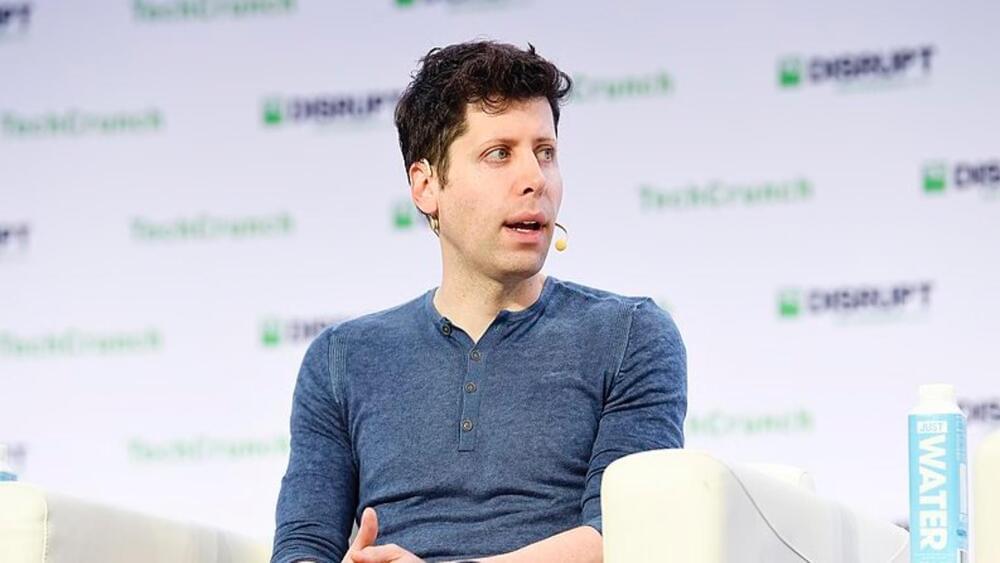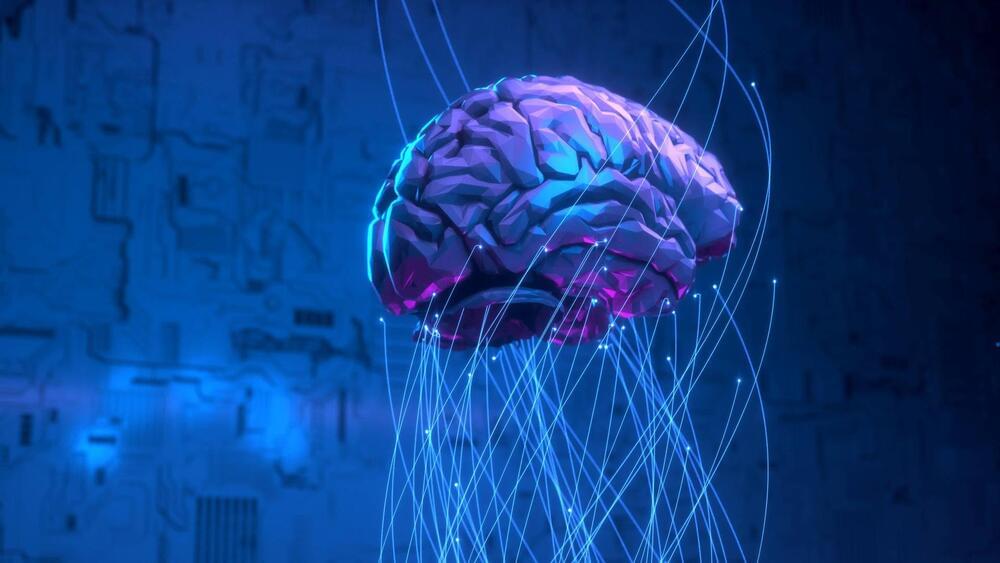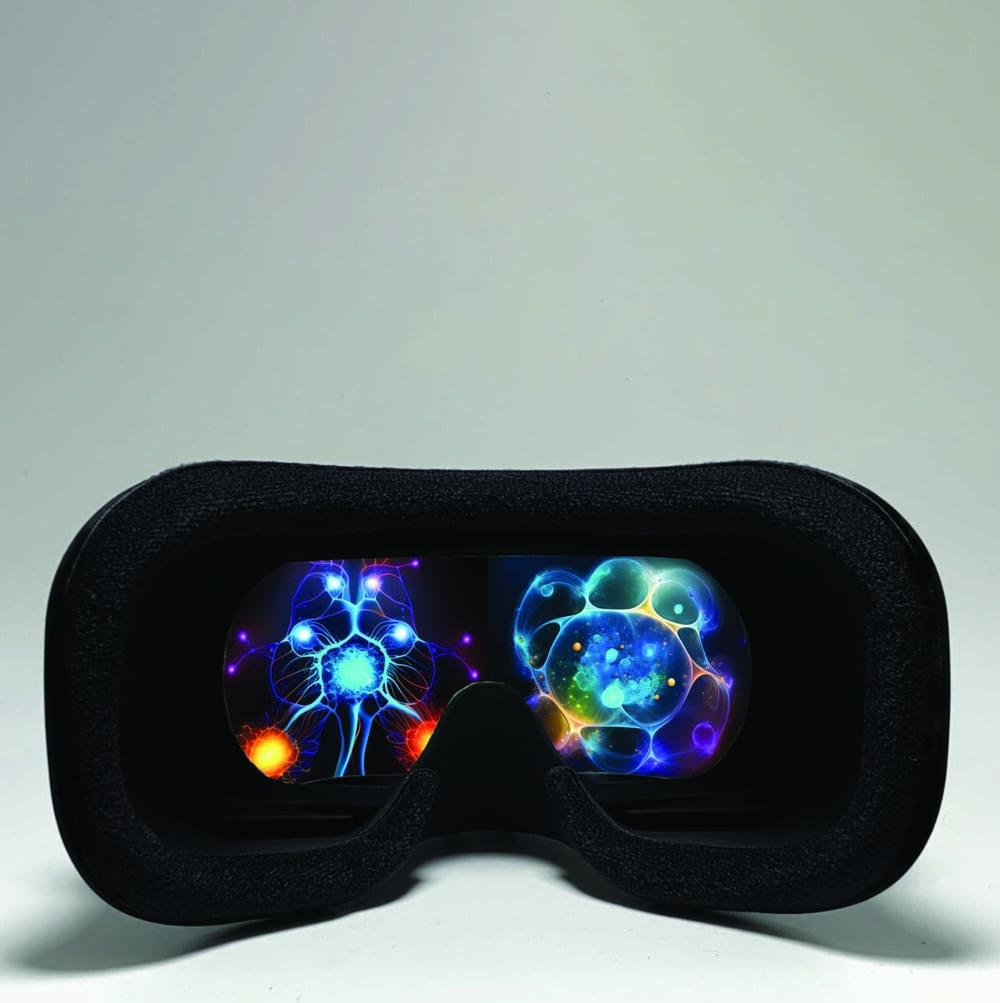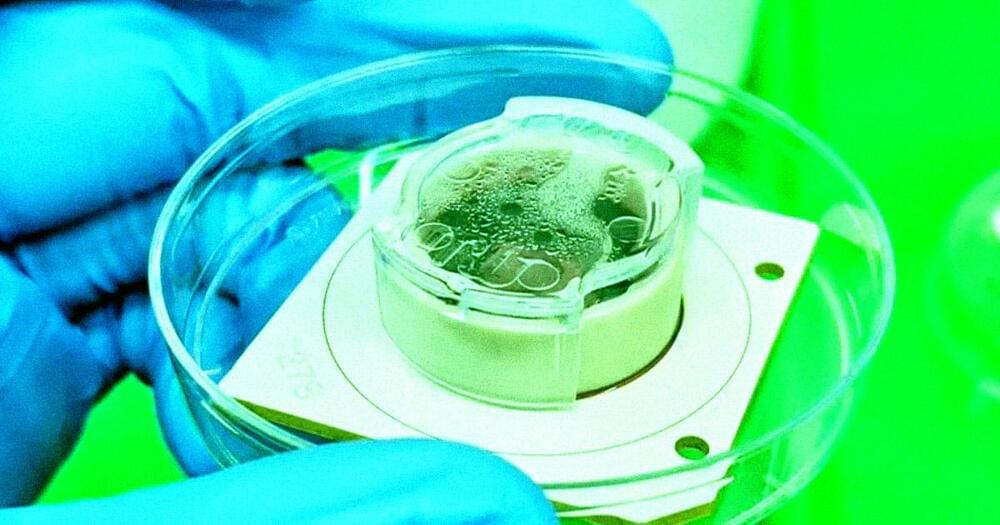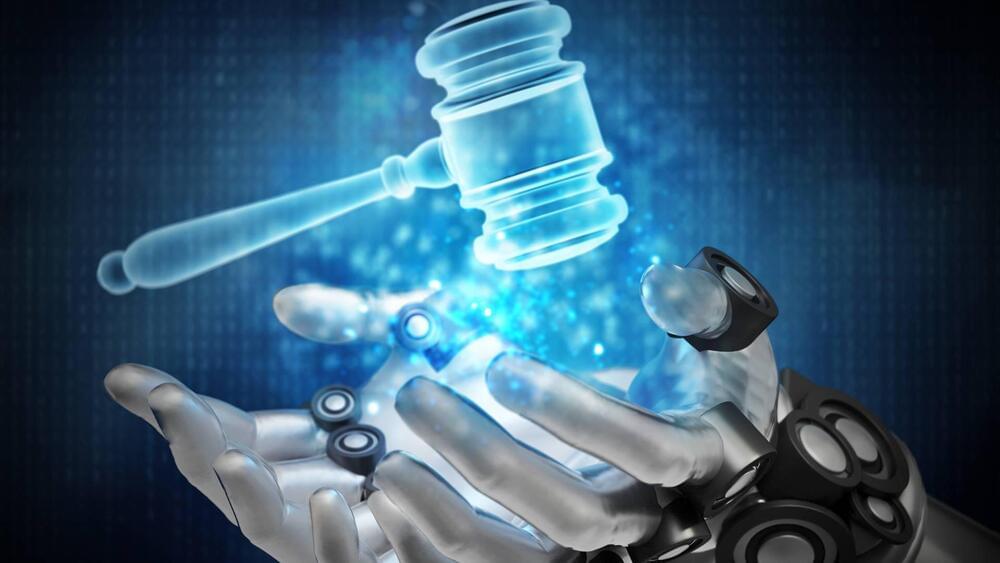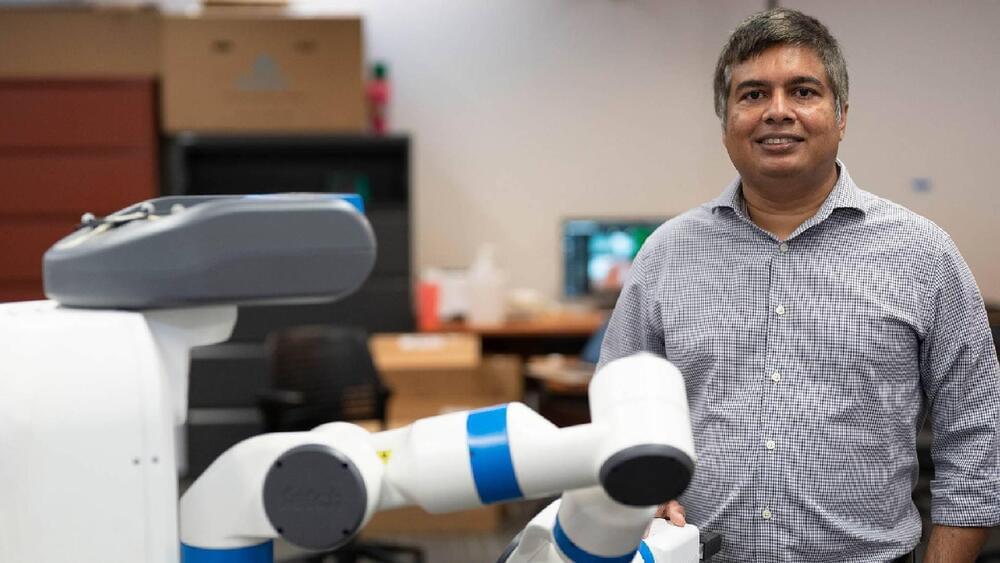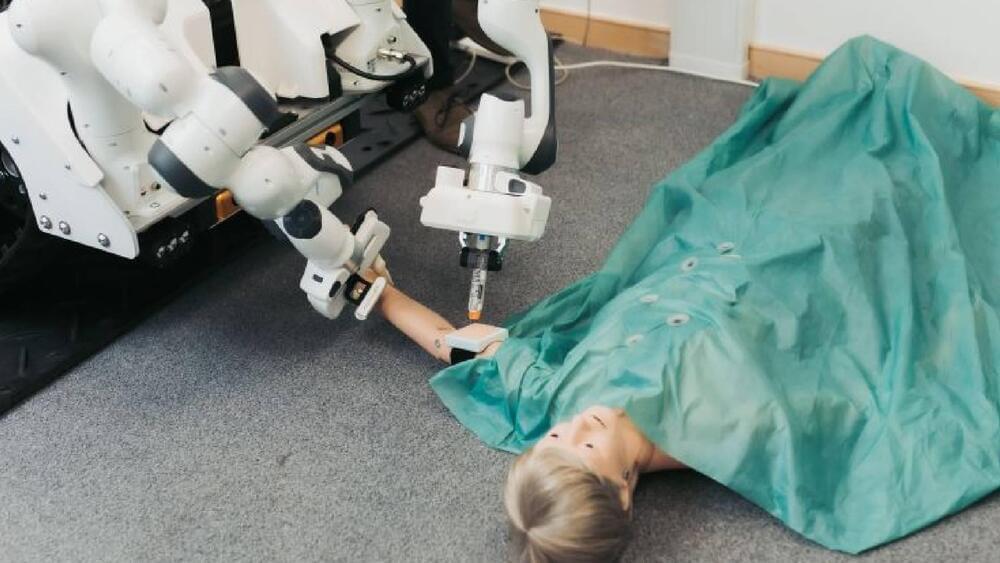Worldcoin, a cryptocurrency project founded by OpenAI CEO Sam Altman, was launched today.
Worldcoin, an entity offering a World ID to distinguish earthlings from artificial intelligence, was launched Monday. The company rolled out an eyeball-scanning technology and a crypto token called WLD.
Co-founded by OpenAI CEO Sam Altman with Alex Blania three years ago, WorldCoin said it is looking to revolutionize digital identity. It’s designed by developers at Tools for Humanity (TFH). A user can use WorldCoin to authenticate their World ID to prove they are a real person and will receive the digital currency in their account, which they can send anywhere.
